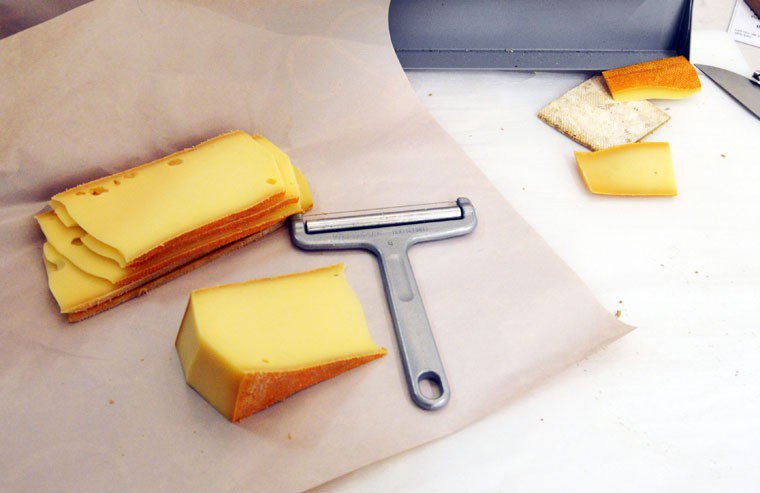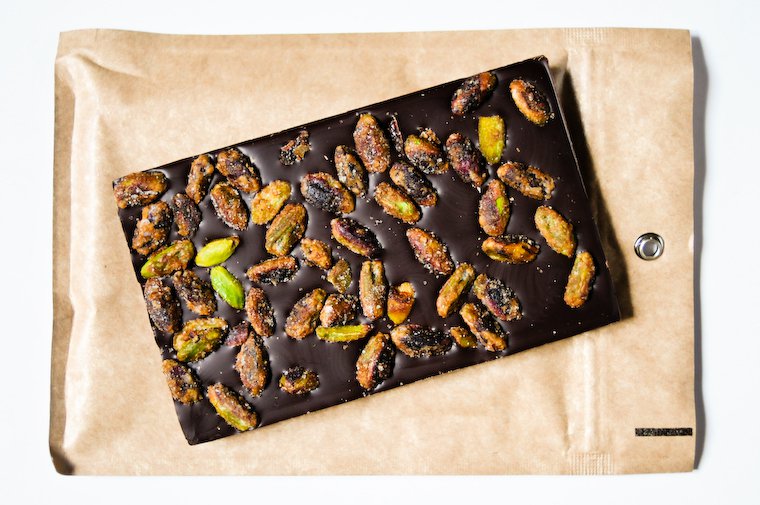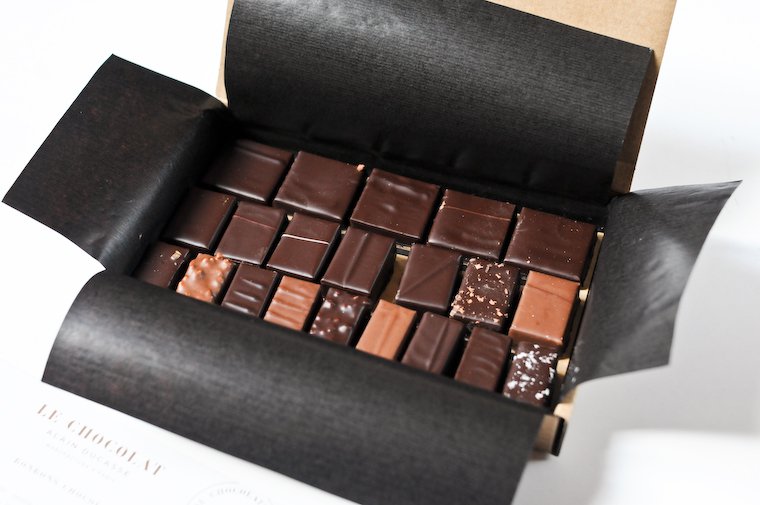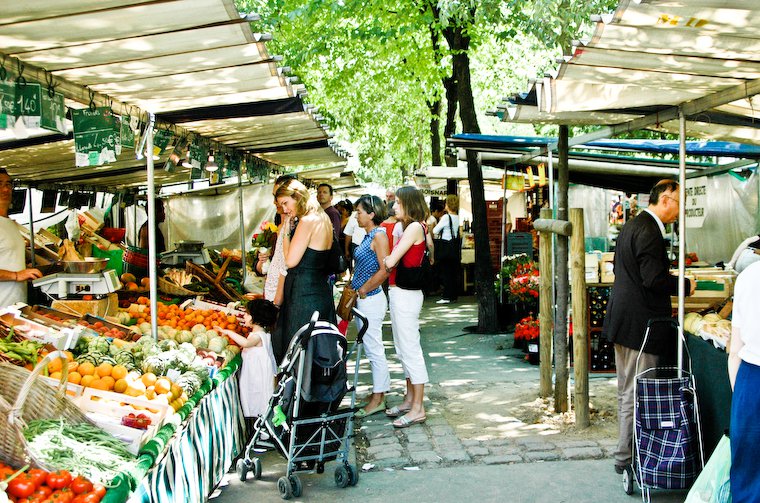You can’t spend time in Paris and overlook the chocolate side of the experience; I won’t let you!
The French have elevated the chocolate craft to an art form, and although there are spectacularly talented artisans all around the country, it is in Paris that you’ll find the highest concentration. This means it is the perfect opportunity to treat yourself to some of the most delicate, most intensely flavorful chocolates in the world… and buy a few gifts for others, too, if you’re feeling generous.
I must warn you there are lots of sub-average chocolate shops as well, so you have to know what to look for. And the good places are typically set up to look like luxurious jewelry boutiques, so the shopping experience can be a little intimidating. But I’m here to help! Here is my guide to artisanal chocolate in Paris.
You’ll find my Top 5 Paris chocolate shops at the bottom of this post, along with a few helpful phrases. The photos illustrating this post were taken by my intern extraordinaire Anne Elder; our thanks to the Henri Le Roux team for letting us shoot at their rue des Martyrs shop.

Chocolate bars from Henri Le Roux











